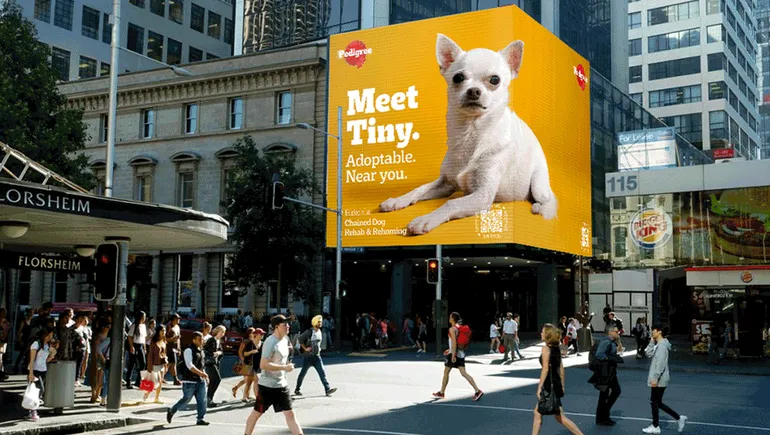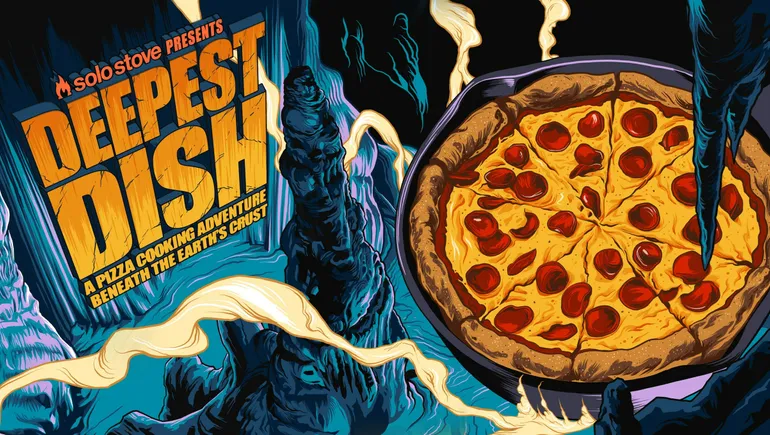The art of Storytelling
In the epic classic “One Thousand and One Nights” a young woman named Scheherazade devises a brilliant plan to save her life. Each night, she tells the Sasanian king a story so enthralling that he must postpone her execution another night to hear the ending. So it goes for 1,001 nights, until the king decides he cannot execute Scheherazade.
The power of storytelling is more than a fairy tale, though, and businesses could learn a lot from Scheherazade.
It is one of the biggest buzzwords in business “storytelling” and it is how savvy companies are satisfying the public’s never-ending hunger for content. With compelling characters, relatable plots and, most important, authenticity, these innovators are connecting with consumers, colleagues and investors on an emotional level.
Stories have existed since long before recorded history, but the desire to hear stories hasn’t changed, nor has the longing to tell stories. Today, though, there are more stories than ever. So the challenge is standing out from this clutter. Just as important to standing out is getting remembered in this ultra-connected, interruptive world.
Nike is one company that embraces the power of the story. In 1970, Nike designated their executives “Corporate Storytellers” as part of their corporate culture. The stories the company leaders told ranged from recounting the company history — “the Nike story” — to many tales of people simply getting things accomplished. By helping all their employees understand the company’s past, the stories help shape the company’s future. Imagine hearing the story of how Nike founder Bill Bowerman went to his workshop one day after a brainstorm session and poured shoe rubber into the family waffle iron. That was the birth of the famous Nike waffle sole. The telling of stories like this reflects “the spirit of innovation” at the shoe company, while connecting today’s work to Nike’s heritage and roots.
Whether it’s sharing a mission, selling shoes or inspiring a commitment to performance, storytelling is a powerful tool that can mean the difference between extraordinary status and being just another brand. More businesses are realizing what Nike has recognized: the power of storytelling. Business communication doesn’t just have to be bullet points, simple statements, or rhetorical rants. A dose of the human element, emotions, and branded thinking can result in a memorable message. Stories build messages that people care about. Stories help people bond to messages. People remember what they care about and bond with. When you engage listeners in a powerful, entertaining, and informative story, they remember it, and many times they ask for more.
Top-of-Mind Awareness
We all enjoy a good story, whether it’s a novel, a movie or simply the description of an experience shared by a friend. Stories put our whole brain to work, not just parts of it. We feel more engaged when hearing narratives and we remember them more. What gets remembered becomes top of mind.
Is there someone you know that everyone refers to as “the computer guy”? Or maybe you’ve heard something like “I need to see that car-repair guy” or “You know that woman–the birthday-cake lady?” These labels stuck because these people did more than just start their job or career and get to work. They gained icon status (even locally) by creating what’s known in marketing circles as top-of-mind awareness.
When the need arises for a particular service or product, ask yourself what the first person, company or store is that comes to mind? Whether it’s a person or a business, whoever you thought of has achieved top-of-mind awareness. Maybe you’ve even heard a story or experience related to these people, products, or services. The goal of marketing is for a brand to literally be at that top spot, right where all the thought of a need or a want passes through.
Storytelling create buzz
The more buzz about a product or service, obviously the more awareness there is about that brand. And the more awareness there is, the higher the probability of being in that top-of-mind position. Your customers and prospects are making choices, preferences and buying decisions every day. Very often, these decisions are made as a result of what comes to mind first.
Consider these characteristics when creating thought leadership that helps create top-of-mind awareness:
– Do your thoughts advance a concept or idea?
– Are your thoughts actionable?
– How commercially relevant are your thoughts?
– Do you have data and research that back up your thoughts?
– Is your point of view new and fresh?
– Does your information offer a new insight?
– Can your thought leadership influence others?
– Will recipients of your thought leadership change the way they think or act about something?
Creating and sustaining top-of-mind awareness is a long-term process, not a one-time marketing event. You have to think in terms of a “process” because, according to Chilton Research, more than 60 percent of your potential customers are waiting seven to 12 months to make a choice, a preference or a final purchasing decision. Because of that, you need to have a long-term plan for top-of-mind awareness. In marketing, consistency is a foundational concept. Staying fresh, interesting and relevant over the long-term will contribute to staying top of mind.
If you want to be top of mind, you also naturally have to put your message where you’ll find the customers you’re trying to reach. One of the dangers of mass marketing is missing your target market and hitting those who aren’t your target. Let the world know that you exist and what you have to say. But remember to talk from the perspective of the prospect or customer, answering the question, “What’s in it for me, the prospect?” Think about being valuable to your prospect. Think about being informative.
Storytelling should be seen as more than just a sales tool. Businesses can use stories to get clients to better understand the company’s work, to connect employees to one another and to management, and to give a voice to those who don’t otherwise have one.
Everything is a story. That doesn’t mean, however, that everything is a good story. Just as many people can cook, there’s a difference between slapping together a grilled cheese sandwich and finessing a five-star meal. And like cooking, effective stories have recipes—or formulas—but they shouldn’t be formulaic. It’s tricky.
So is storytelling just another fashionable business trend?
To be an entrepreneur, you have to be comfortable with tireless, obnoxious self-promotion. Some people are comfortable with it; some people are not comfortable with it but will do it. Most people would never dream of doing it; those people go to work for other people. You’re in the business of constantly telling your brand’s story.
Have you looked into storytelling as a part of your business and personal branding strategy? What is the most difficult aspect of storytelling for you? Nearly everyone could improve their answers to the question, “What do you do?”





